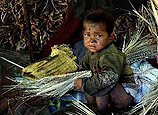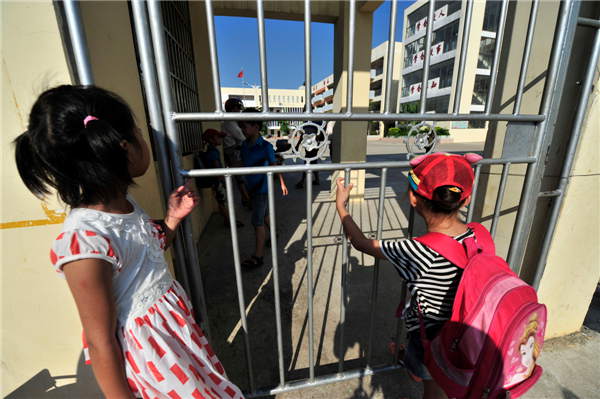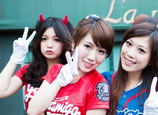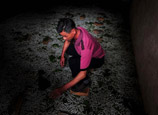
Feather market in 'chaos' as concerns over bird flu affect supply, production
Bad news for badminton fans: The price of shuttlecocks will rise in coming months as the supply of duck feathers needed to make them dwindles because of the H7N9 bird flu outbreak.
"We're planning an increase of 4 or 5 yuan (65 to 81 US cents) for each pack of 12 shuttlecocks in July, if bird flu has not been brought under control by then," said Liu Zhisong, a technical manager at Bo'er Shuttlecock Factory, one of the largest shuttlecock manufacturers in Anhui province.
Liu, who has worked in the industry for seven years, said price rises for shuttlecocks had never exceeded 3 yuan at a time. "If you raise the price too much, wholesalers won't buy them, or at best they'll buy less."
Factories that heavily depend on Anhui, where about 90 percent of China's duck feathers come from, but are far away from it, have already seen prices surge.
Wang Chun, a purchasing manager at the Yingtian Shuttlecock Factory in Guangdong province, said his company has already raised the prices of its products by up to 5 yuan per pack.
A pack of 12 shuttlecocks usually costs 30 to 50 yuan.
The reason for the rising prices is simple: The cost of duck feathers, needed for the shuttlecocks, is shooting up.
"The feather market is in total chaos," said Li Min, whose business focuses on supplying processed feathers to shuttlecock producers. "In just 20 days after the outbreak of H7N9, the price of natural duck feathers increased by about 40 percent. And even with the high price, it's hard to get them right now."
Tian Yongyun, a feather middleman who has been collecting natural duck feathers for decades in Jiangxi and Fujian provinces, where H7N9 cases have also been reported, said farmers' supply of duck feathers has decreased 67 percent.
"Last April, I could buy 10,000 to 15,000 kg of duck feathers," he said. "Now it's down to 3,000 to 3,500 kg.
"And I used to pay about 0.12 yuan for every suitable duck feather. Now it's as much as 0.18 yuan."
Although synthetic shuttlecocks are widely used abroad, most Chinese badminton players prefer products with natural feathers.
Jin Xinchang, vice-chairman of the Badminton Association in Wuwei county, a shuttlecock manufacturing hub in Anhui, said that about 90 million people play badminton in China, and use about 1.92 billion feather shuttlecocks a year.
"Usually, most shuttlecock producers would keep a two-month storage of feathers," Jin said. "But if H7N9 continues and governments' restrictions on trade in the live poultry market do not end, not only the price will shoot up, the shuttlecock industry itself will be in peril."
















 Deaths prompt concerns over elevator safety
Deaths prompt concerns over elevator safety


![]()
